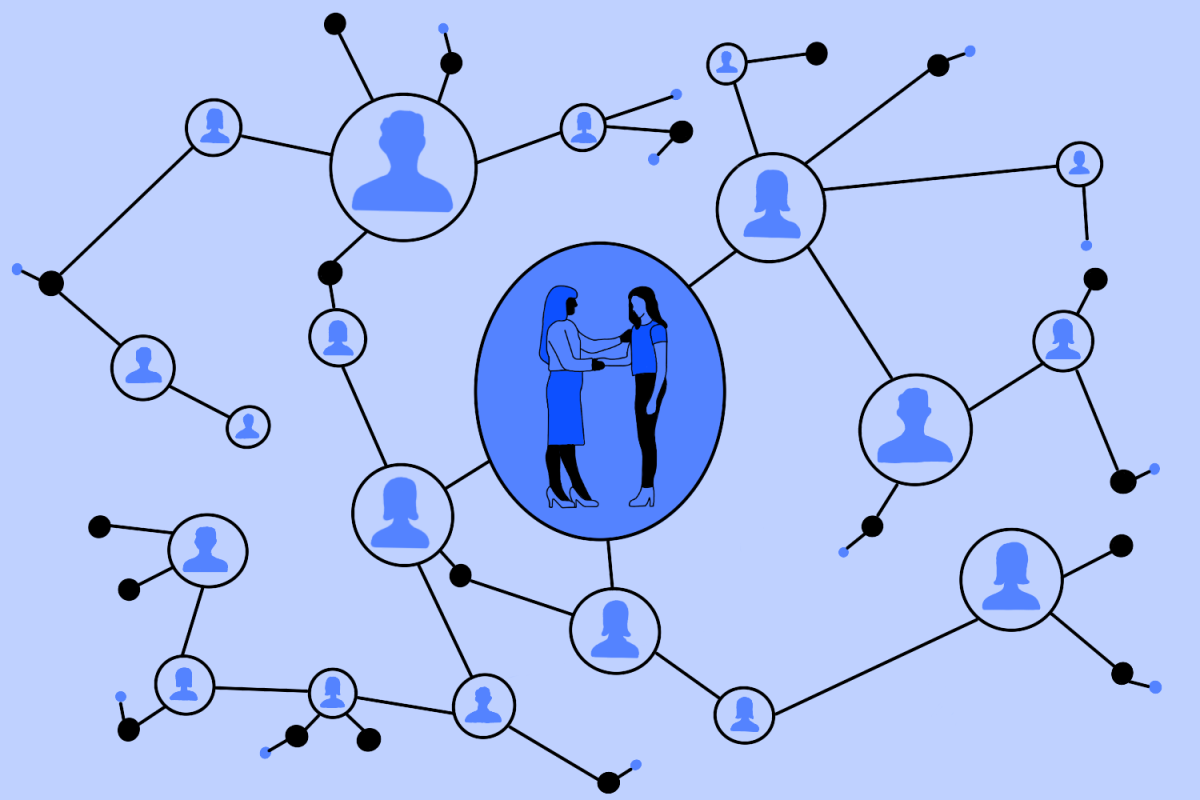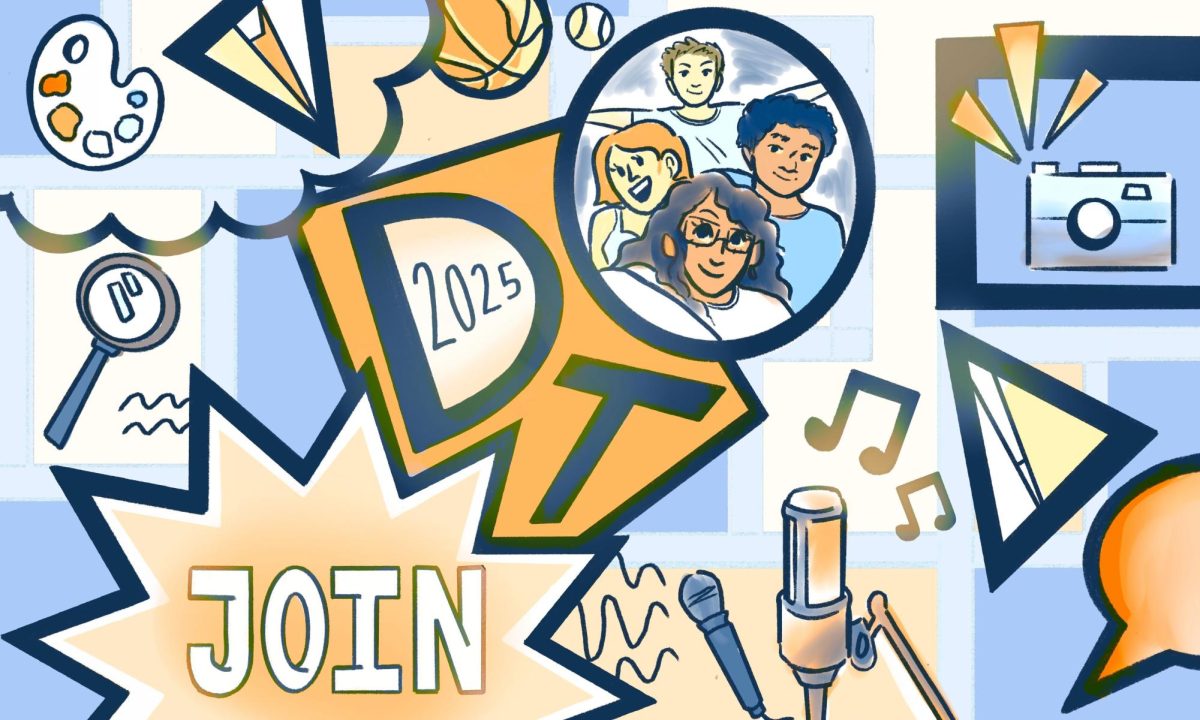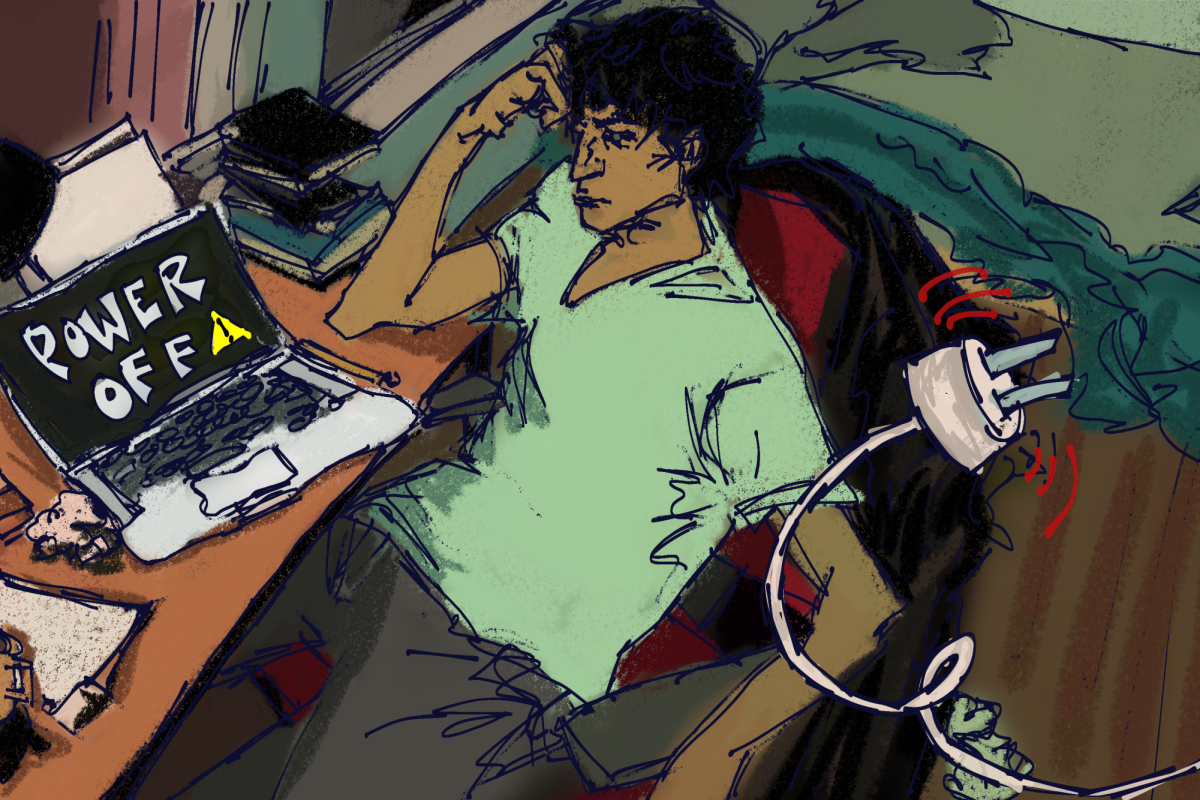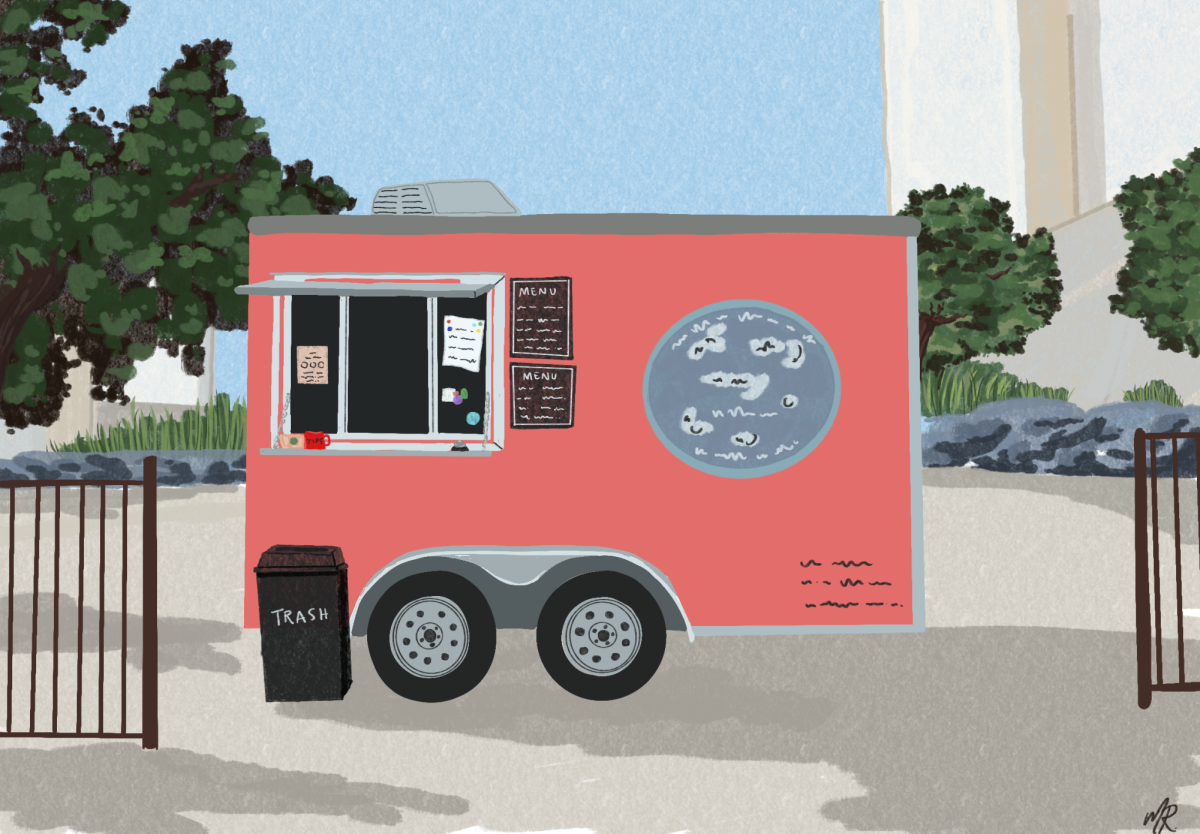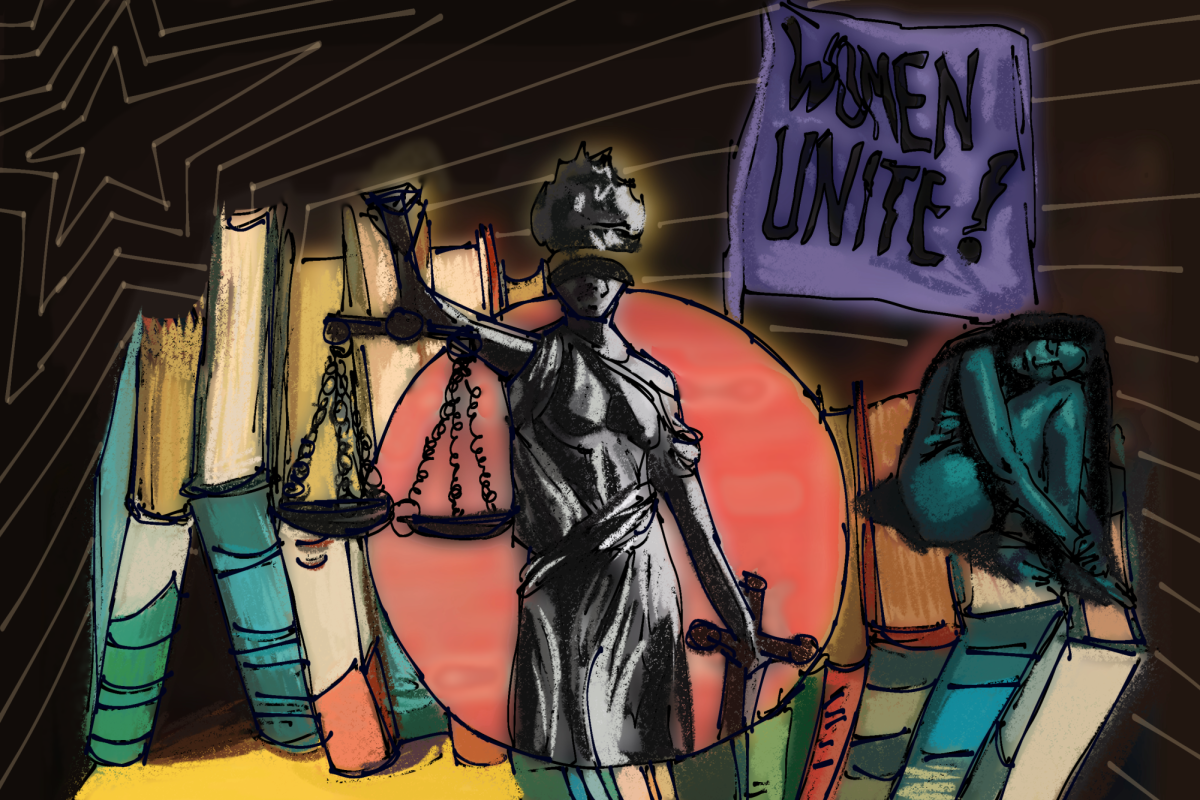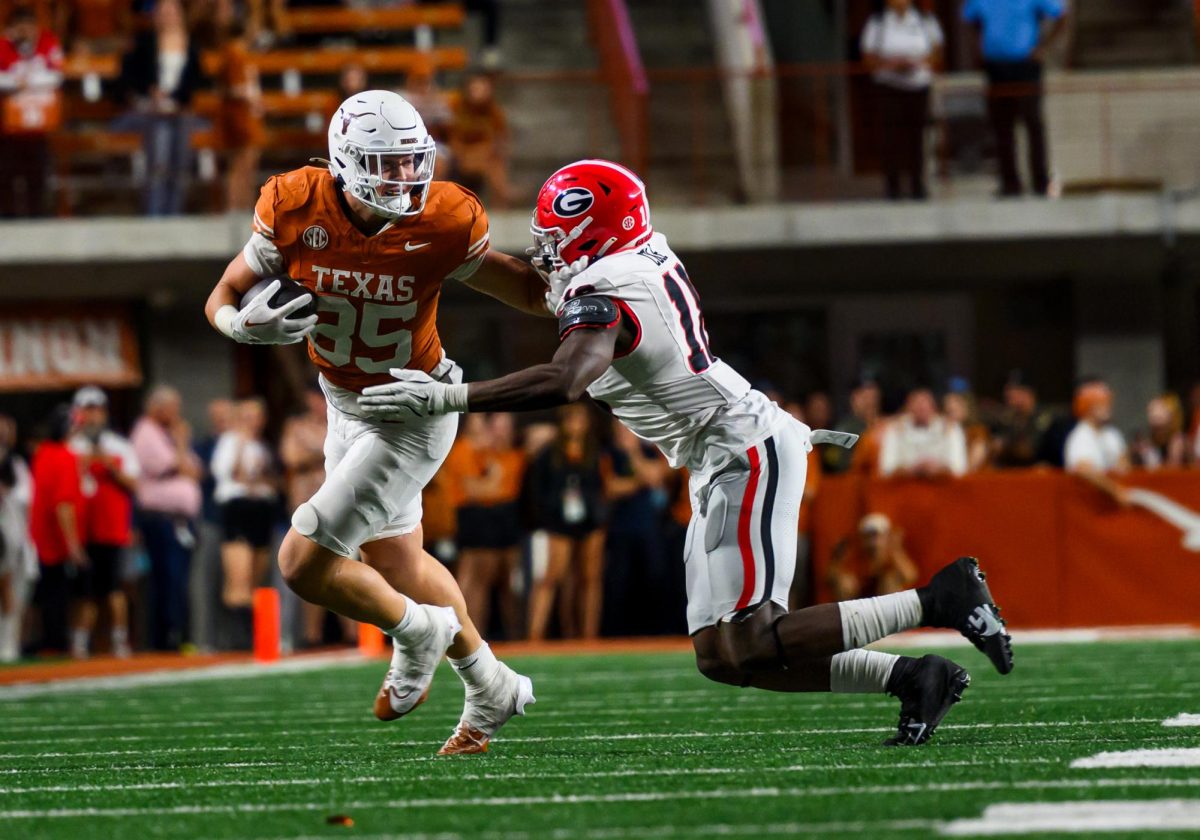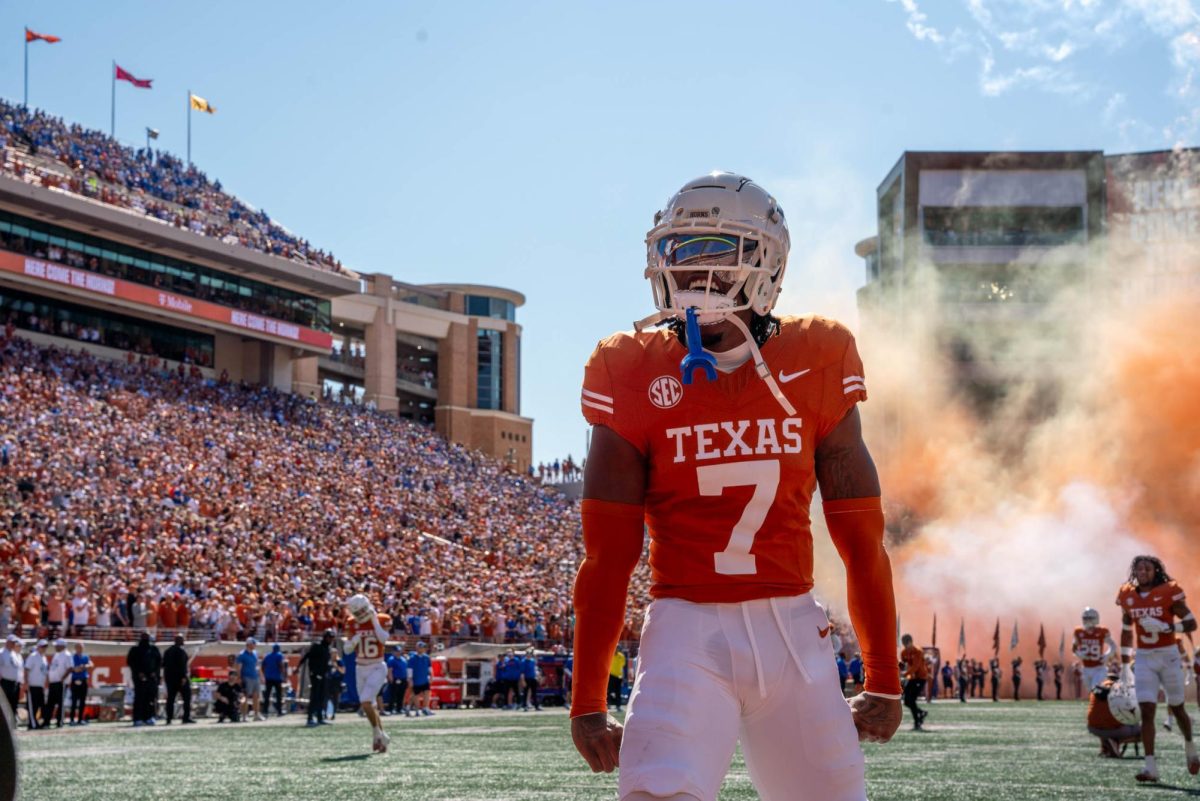I had already written “complete Livestrong internship application” on my to-do list when I spotted the bright yellow type on the cover of Outside magazine last January. It read, “Lance & Livestrong: What Does Armstrong Really Do to Fight Cancer?”
Just two semesters before, I had sat in the front row of a small class on civic engagement and listened to Doug Ulman, current CEO of Livestrong, give a guest lecture. Ulman spoke for over an hour about the efforts of Livestrong to improve the lives of cancer victims. I remember that Ulman awed the class with a story about how, when it seemed that a congressman was going to vote against a piece of legislation that Livestrong supported, the organization made a mock-up of an ad and sent it to the congressman’s office. The ad had a picture of the congressman’s daughter, who had suffered from cancer, framed by the words “Congressman So-and-So Doesn’t Care about Cancer … or His Daughter.” (Ulman did not name the specific congressman or legislation).
The students in the class were spellbound by Ulman’s “fight like hell” attitude against cancer. At the end of the lecture, Ulman tweeted, “Hanging at UT … talking cancer, justice, and society,” with specific mentions of the students he had spoken with. I left the classroom flattered by the tweet, energized by Ulman’s speech and completely convinced that Livestrong was the best nonprofit in the country. The organization just seemed so cool.
Which is why the January issue of Outside criticizing the organization surprised me. The article successfully toppled my impression of Livestrong as a flawless organization, not by directly contradicting anything Ulman had said, but by alerting me to facts he seemed to have selectively forgotten. The article reported that the foundation started phasing out funding for hard science in 2005 and, as of 2010, no longer awarded research grants. It also took aim at Livestrong’s tendency to spend massively on advertising and marketing while categorizing their donations of the famous yellow bracelets as “programming expenses” because they “raise awareness.”
Livestrong does provide legitimate programming to people dealing with cancer, just like Ulman said. In 2010, according to Outside, the foundation spent $424,000 on its “Livestrong at the Y” program, which provides services to people dealing with cancer at YMCAs across the nation, as well as $630,000 for its “Livestrong at School” program, which offers free lesson plans about cancer awareness to teachers.
However, the foundation spent $4.2 million on advertising in 2010 and, in 2009, built an office space in East Austin for another $3.7 million. To be fair, the office also functions as a walk-in consultation center for cancer patients.
In the wake of the scandal about Armstrong’s alleged doping, students stood on the West Mall this past week and passed out yellow bracelets, many calling out that the bracelets were for cancer research. It wouldn’t take much work for these students to discover that that’s not actually the case. Had they looked carefully on the Livestrong website, the students would have found that although Livestrong certainly does something for cancer, it does not fund cancer research.
When browsing Livestrong’s website, it’s pretty difficult to tell exactly what it is doing for cancer. The first program listed on its website is its Anti-Stigma Campaign, which Ulman mentioned to my class in the spring of 2011. But the webpage for this program hasn’t been updated in over two years. The first sentence still reads “In 2010, LIVESTRONG will initiate a pilot campaign in South Africa and Mexico that will seek to … reduce the stigma associated with cancer.”
Livestrong does provide monetary support to Planet Cancer, an online network for young cancer patients. The Planet Cancer website references Livestrong several times in the “What We Do” section of its website, accompanied by a “donate” button in the top right corner of the screen. It also references the Livestrong Young Adult Alliance, a coalition of organizations that has, with seed money provided by Livestrong, become a standalone nonprofit called Critical Mass.
The point isn’t that Livestrong isn’t doing anything for cancer patients and survivors. The point is that people, especially college students (this one included) allow themselves to be sucked into the lure of nonprofit causes by powerful personas without taking the time to thoroughly research what they are supporting. In the wake of Armstrong’s doping allegations, students have finally started to examine the national nonprofit located just a few miles away from campus. But they should have started thinking about it the moment they bought the yellow bracelets.
Wright is a Plan II and biology junior from San Antonio.


